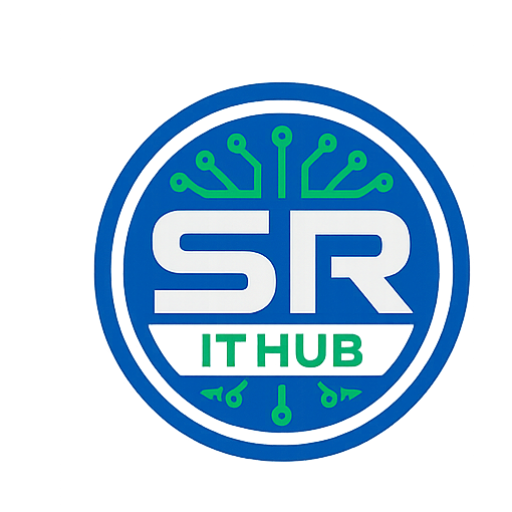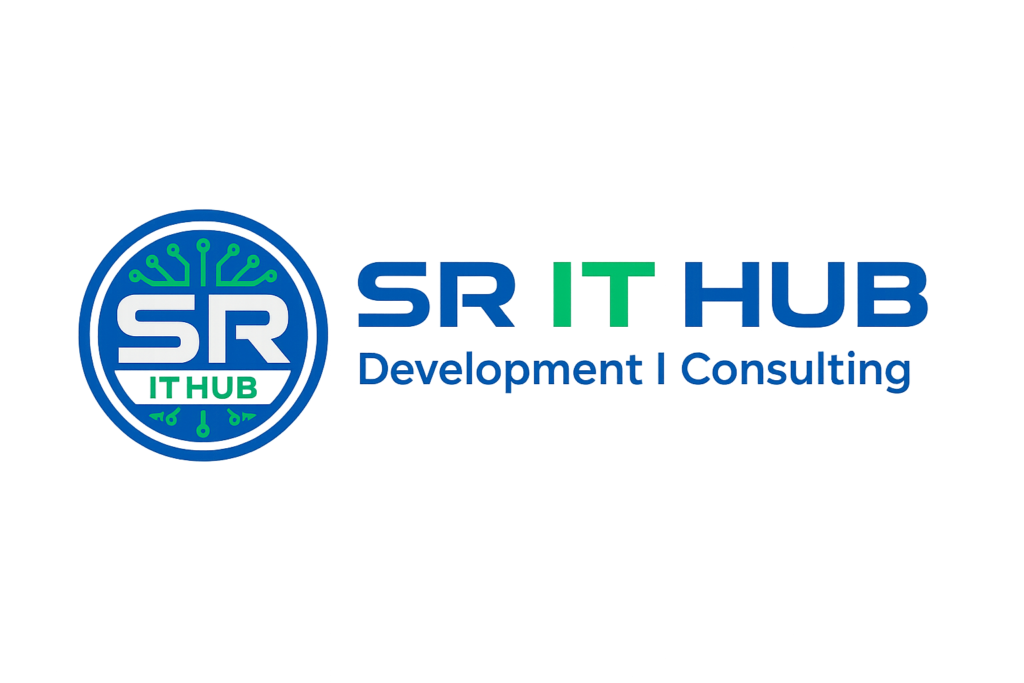Abstract:
Drowsy driving is one of the major causes of road accidents and death. Hence, detection of driver’s fatigue and its indication is an active research area. Most of the conventional methods are either vehicle based, or behavioural based or physiological based. Few methods are intrusive and distract the driver, some require expensive sensors and data handling. Therefore, in this study, a low cost, real time driver’s drowsiness detection system is developed with acceptable accuracy. In the developed system, a webcam records the video and driver’s face is detected in each frame employing image processing techniques. Facial landmarks on the detected face are pointed and subsequently the eye aspect ratio, mouth opening ratio and nose length ratio are computed and depending on their values, drowsiness is detected based on developed adaptive thresholding. Machine learning algorithms have been implemented as well in an offline manner.
Introduction
Drowsy driving is one of the major causes of deaths occurring in road accidents. The truck drivers who drive for continuous long hours (especially at night), bus drivers of long distance route or overnight buses are more susceptible to this problem. Driver drowsiness is an overcast nightmare to passengers in every country. Every year, a large number of injuries and deaths occur due to fatigue related road accidents. Hence, detection of driver’s fatigue and its indication is an active area of research due to its immense practical applicability. The basic drowsiness detection system has three blocks/modules; acquisition system, processing system and warning system. Here, the video of the driver’s frontal face is captured in acquisition system and transferred to the processing block where it is processed online to detect drowsiness. If drowsiness is detected, a warning or alarm is send to the driver from the warning system.
Generally, the methods to detect drowsy drivers are classified in three types; vehicle based, behavioural based and physiological based. In vehicle based method, a number of metrics like steering wheel movement, accelerator or brake pattern, vehicle speed, lateral acceleration, deviations from lane position etc. are monitored continuously. Detection of any abnormal change in these values is considered as driver drowsiness. This is a nonintrusive measurement as the sensors are not attached on the driver. In behavioural based method [1- 7], the visual behaviour of the driver i.e., eye blinking, eye closing, yawn, head bending etc. are analysed to detect drowsiness. This is also nonintrusive measurement as simple camera is used to detect these features. In physiological based method [8,9], the physiological signals like Electrocardiogram (ECG), Electrooculogram (EOG), Electroencephalogram (EEG), heartbeat, pulse rate etc. are monitored and from these metrics, drowsiness or fatigue level is detected. This is intrusive measurement as the sensors are attached on the driver which will distract the driver. Depending on the sensors used in the system, system cost as well as size will increase. However, inclusion of more parameters/features will increase the accuracy of the system to a certain extent. These factors motivate us to develop a low-cost, real time driver’s drowsiness detection system with acceptable accuracy. Hence, we have proposed a webcam based system to detect driver’s fatigue from the face image only using image processing and machine learning techniques to make the system low-cost as well as portable.
Existing System :-
Now a days maximum members are using vehicle(car, lorry, bus).according to survey 10 to 15% are accidents are accruing because of the driver was in sleepy mode. No software is having to give alert to the driver
Proposed System :-
A block diagram of the proposed driver drowsiness monitoring system has been depicted in Fig 1. At first, the video is recorded using a webcam. The camera will be positioned in front of the driver to capture the front face image. From the video, the frames are extracted to obtain 2-D images. Face is detected in the frames using histogram of oriented gradients (HOG) and linear support vector machine (SVM) for object detection [10]. After detecting the face, facial landmarks [11] like positions of eye, nose, and mouth are marked on the images. From the facial landmarks, eye aspect ratio, mouth opening ratio and position of the head are quantified and using these features and machine learning approach, a decision is obtained about the drowsiness of the driver. If drowsiness is detected, an alarm will be sent to the driver to alert him/her. The details of each block are discussed below
SYSTEM REQUIREMENTS
SOFTWARE REQUIREMENTS:
• Programming Language : Python
• Font End Technologies : TKInter/Web(HTML,CSS,JS)
• IDE : Jupyter/Spyder/VS Code
• Operating System : Windows 08/10
HARDWARE REQUIREMENTS:
Processor : Core I3
RAM Capacity : 2 GB
Hard Disk : 250 GB
Monitor : 15″ Color
Mouse : 2 or 3 Button Mouse
Key Board : Windows 08/10

